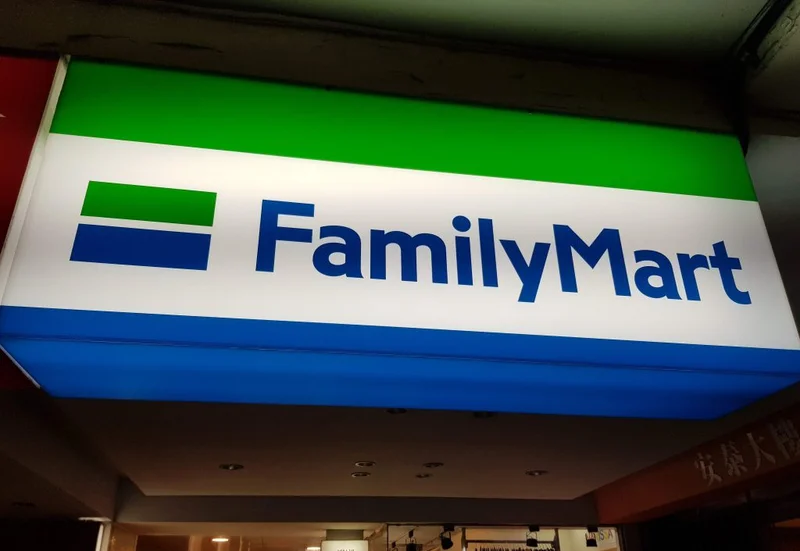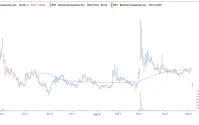The Convenience Store Paradox: Analyzing the High Cost of Low-Margin Retail
The American convenience store occupies a strange space in our economic landscape. It’s a place of routine, a background fixture for grabbing a coffee, a tank of gas, or a lottery ticket. It’s a business model predicated on high volume and low friction. Yet, a dispassionate look at a handful of recent, seemingly disconnected events from across the Midwest suggests this model operates under immense, often violent, pressure. These aren't just stores; they are statistical lightning rods for both economic displacement and personal tragedy.
When we strip away the local news headlines and look at the raw data points, a stark pattern emerges. In Milwaukee, a jury recently needed less than 30 minutes to convict a man of first-degree intentional homicide. The victim, Jamil Owais, a 26-year-old new father, was shot in the chest at point-blank range while briefly watching his brother's convenience store. The catalyst for this event wasn't a robbery or a gang dispute. It was, according to the shooter's own testimony, an argument over a pizza being made without gloves.
Think about that for a moment. The entire judicial process, from arrest to a life sentence, was precipitated by a perceived breach in sanitation protocol. Surveillance footage captured the sequence: an order, a complaint, a brief, loud argument, and then a fatal, irreversible action. Owais, behind the counter, looking at his phone, a moment of mundane normalcy before Charles Leggett, visibly agitated, gestures with his hands and abruptly ends a life. I've looked at hundreds of court filings, and the speed of this jury's decision—less than half an hour—is an outlier. It suggests the evidence was so damning that it left no room for interpretation, a tragic event captured with cold, digital clarity. Jury convicts man of fatally shooting Milwaukee convenience store worker in 2024
This wasn't an isolated flare-up. Just a day later and a few hundred miles away in Olive Township, Michigan, a similar environment produced a different, yet still destructive, outcome. Two suspects, one just 16 years old, allegedly flashed a weapon inside the West Olive One-Stop, took merchandise, and fled. This led to a high-speed chase across county lines before three young men (ages 21, 17, and 16) were apprehended. The two youngest were charged, with the 16-year-old being arraigned as an adult on armed robbery and felonious assault charges. He and his 21-year-old accomplice are now being held on $350,000 bond. UPDATE: Three Apprehended, Two Arraigned Following Convenience Store Hold-Up, Police Chase
What kind of system produces these outcomes? Why do three young men risk life-altering prison sentences for what the police report vaguely calls "undisclosed merchandise"? The police reports give us the 'what,' but they are structurally incapable of explaining the 'why.' The data we have describes the event, but the crucial socio-economic data that might explain the cause is entirely absent from these reports. We are left with the cold facts: a life sentence for a pizza, and potential decades in prison for a convenience store stick-up. These are the human costs, the extreme negative tail risks of a business built on speed and necessity.

The Corporate Ledger
While these violent events play out on the front lines, another, quieter transaction unfolds on the corporate ledger. In Moraine, Ohio, a property that housed a Frisch’s Big Boy for nearly 60 years was just sold. The buyer is Wawa, a massive convenience store and gas station chain. Wawa is a private company with over 1,000 locations—to be more exact, more than 1,100 as of their latest filings, and it’s aggressively expanding into the Midwest.
The real estate broker who handled the deal celebrated it in the press, stating his job was to "deliver a great use back to Moraine that’ll bring this site back to life." This is a fascinating piece of corporate linguistics. A 60-year-old local restaurant (a community fixture by any definition) is framed as a dead site, and its replacement by a standardized, out-of-state corporate entity is its resurrection. From a purely financial perspective, he’s not wrong. The real estate has appreciated, and Wawa can almost certainly generate more revenue per square foot than the previous tenant.
But this transaction is a perfect microcosm of the industry's other primary function: relentless, unsentimental consolidation. The convenience store business model is an apex predator in the commercial real estate food chain. It thrives on high-visibility, high-traffic corners, and its expansion often comes at the expense of legacy local or regional businesses.
This process is a form of economic arbitrage. Wawa is betting it can extract more value from that specific street corner in Moraine than a legacy diner could. The entire industry operates like a low-orbit satellite network: it moves incredibly fast, covers huge amounts of territory with standardized modules, and is prone to spectacular, fiery burnouts at its most vulnerable points. The corporate expansion in Ohio is the launch; the violent incidents in Wisconsin and Michigan are the catastrophic failures of individual nodes within that same network. One is celebrated in the business section, the others are relegated to the police blotter. But are they really separate stories? Or are they two outputs of the same high-pressure system?
A High-Friction Environment
My analysis suggests these events are not disconnected outliers. They are the predictable, if tragic, outcomes of a business model that operates on thin margins, transactional speed, and constant, low-level social friction. The corporate strategy maximizes real estate value and consumer convenience, but in doing so, it creates thousands of brightly lit, 24/7 pressure cookers. These spaces become stages for desperation, mental health crises, and trivial disputes that escalate with terrifying speed. The violence and the corporate land acquisitions are two sides of the same coin—one represents the human cost of the system's failures, the other, the financial reward of its success. The real question is whether the price on the sticker ever truly reflects the total cost. The data suggests it doesn't even come close.









